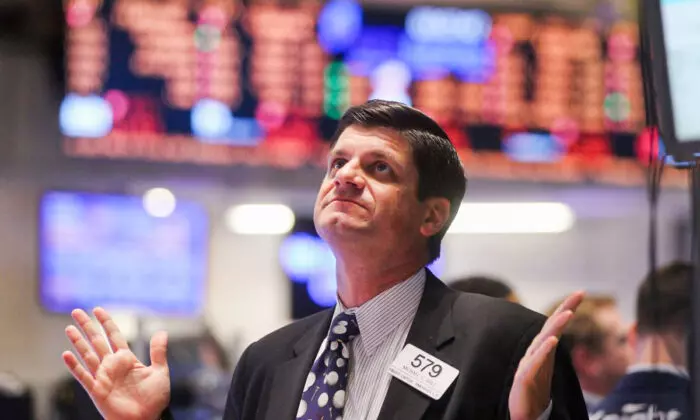In recent times, with deficit spending on the rise and bond rates still uncomfortably high, the bond and stock markets are always on edge during major Treasury refinancing. Last week saw a Treasury bill auction on Tuesday and a Treasury note auction on Wednesday. As yields rose each day, Wall Street found itself in a rather sour mood, with The Wall Street Journal describing these auctions as “lackluster.
However, the Treasury bond auction on Thursday seemed to be better received by market participants, causing yields to meander lower. Additionally, first-quarter GDP was revised down to a 1.3% annual pace, compared to the initial estimate of 1.6. Consumer spending also decreased, growing at a 2% annual pace, which is down from the previously estimated 2.5. Consequently, the U.S. GDP growth has slowed to its slowest pace in nearly two years.
The market experienced a revival on Friday when the Commerce Department announced that the Fed’s favorite inflation indicator, the Personal Consumption Expenditure (PCE) index, rose by only 0.3% in April and 2.7% over the past 12 months. The core PCE, which excludes food and energy prices, rose by 0.2% in April and 2.8% in the past year. This represents the smallest monthly rise for the core PCE this year. These numbers may continue to improve since the PCE will be cutting off some of its larger monthly increases, suggesting that it could serve as a welcome advance indicator that the Fed might be able to start cutting key interest rates this summer.
Pundits initially expected the market to plummet following the “guilty” Trump verdict on Thursday night, but financial indicators prove to be more critical than politics when determining the market’s performance. As a result, the Trump verdict may turn out to be a non-event by November. However, a greater risk is that these side shows distract the media and voters from important news.
Here are some key market news items and their implications.
June has traditionally been a very positive month for small and mid-capitalization stocks added to Russell indices. Typically, Russell publishes its proposed changes on the first Friday in June and then refines its proposed index changes over two additional weeks. As Russell adds some stocks to their Russell 1000 and 2000 indices, those stocks typically experience an increase in value due to institutional buying pressure.
If interest rates aren’t enough of a wild card for the stock market, the potential fall of Ukraine’s second-largest city, Kharkiv (with over 1.4 million people), could be imminent. Russia is attempting to cut off power to Kharkiv and make the city uninhabitable. The United States and Britain have supplied Ukraine with longer-range missiles that can strike deeper into Russia, transforming the fighting from a border skirmish into a major proxy war funded by NATO. Since the U.S. and NATO are financing a proxy war with Russia, the likelihood of World War III is increasing. Now that Ukraine has run out of soldiers, there’s a potential risk for “Black Swan” events to occur, causing a run on private equity assets.
In my opinion, the 11% yields paid by the private credit industry are not sustainable, and bad loans will be made, potentially “popping” the $2 trillion private credit bubble. The Fed may have to step in and rescue the private equity industry if Vista Equity Partners becomes a full-fledged “Black Swan” event that causes a run on private equity assets. In the meantime, due to rising credit risk, I recommend avoiding all private credit sold by Ares Management, Benefit Street Partners, BlackRock, Blue Owl Capital, Goldman Sachs Capital Management, Golub Capital, and Oaktree Capital Management.
In summary, both the Bank of England and the European Central Bank are expected to cut key interest rates in June. Our Fed was initially supposed to follow suit in June, but after progress on inflation stalled, the Fed decided to postpone its first key interest rate cut until July 31st or September 18th. Since our Fed will be lagging behind Europe in cutting key interest rates, “carry trades” are expected to increase, where foreigners invest money in the U.S. seeking higher yields and a strong currency. If these carry trades approach a trillion dollars or more, they could drive Treasury yields lower and encourage the Fed to cut key interest rates sooner than later, so let’s hope that as global yields decline, Treasury yields follow suit.

